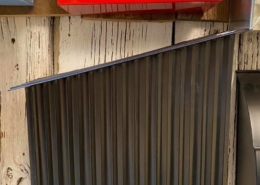OUR MISSION
• to stimulate and inspire home, store and set decorators
• to encourage and inform heritage-minded environmentalists
• to support and indulge artistic and cultural pursuits by providing fundamental to frivolous architectural salvage in a meticulously organized imagination market.
WE PROUDLY SUPPORT
Heritage Canada, The Architectural Conservatory of Ontario and The Cobourg Museum.
![]()
![]()
LEGAL INFORMATION
This website uses cookies to provide our services. By using our website, you are agreeing to our Privacy Policy, Terms & Conditions, and Returns & Refunds Policy. All prices are subject to change.
PRODUCT SEARCH
CONTACT INFORMATION & STORE HOURS
LEGACY VINTAGE
540 Division Street
Cobourg, Ontario, Canada
K9A 3S4
CLICK HERE FOR AN INTERACTIVE MAP
+1 905 207 0796
legacyvintagebuilding@gmail.com
LEGACY VINTAGE HAS MOVED. Our new concept “LEGACY VINTAGE at HOME” and “BYRD HOUSE GALLERY” by INabstracto, will be coming to Baltimore, Ontario this June. Stay tuned for the opening day and other details on our website and Instagram.
GOOGLE PLACES RATING
















 Legacy Vintage
Legacy Vintage



